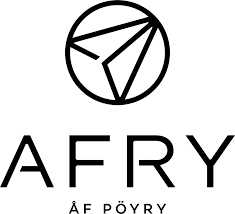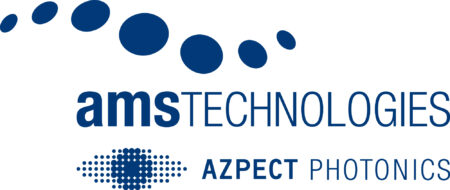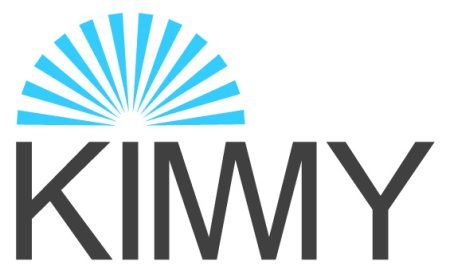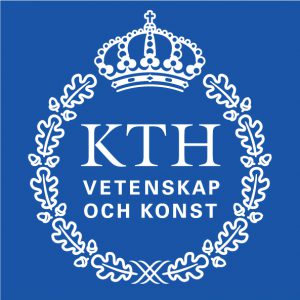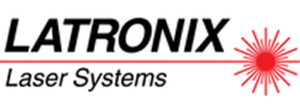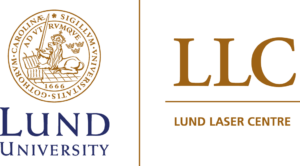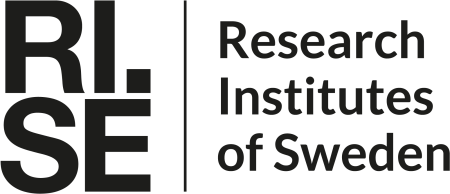Optopub: 9th December 2021
Location: Kista, Stockholm
Sponsors: Hamamatsu Photonics Norden AB
An Optopub in Kista, sponsored by Hamamatsu Photonics Norden. The meeting holds 3 x 30min presentations, and Prize awards for best Master thesis 2020 and 2021.
Weather Influence on LiDAR Signals using the Transient Radiative Transfer and LiDAR Equations
Presented by Marcus Hedlund, M.Sc. Department of Computer Science, Electrical and Space Engineering, Luleå University of Technology (Best Master thesis 2019/2020)
It is important to understand how the performance of advanced driver assistance systems (ADAS) could be affected to be able to adjust the driving and thus reduce accidents. This work investigates the attenuation in fog and rain by comparing measurements from a LiDAR with theoretical models describing light propagation in a participating medium. The models are the transient radiative transfer equation (TRTE) and the LiDAR equation. A Fourier transform was utilized to convert the time derivative in the TRTE into a complex coefficient to be able to use the discrete ordinate method (DOM) for the radiative transfer equation in steady state. The LiDAR equation was also implemented to use as a comparison to the TRTE. A set of experiments were performed to test the validity of the theoretical models and to investigate the multiple scattering effect. The results from the transient radiative transfer equation showed that in a medium with large optical depth, the shift and width of the pulse are highly affected but the recorded data from the LiDAR showed no tendency to pulse shift or widening. However, it was shown that the amplitude of the pulse calculated with the TRTE seemed to better approximate the experimental data in fog than the LiDAR equation.
Natural fingerprinting of steel
Presented by Johannes Strömbom, M.Sc. Department of Computer Science and Electrical Engineering
Luleå University of Technology (Best Master thesis 2020/2021)
The need for traceability in the currently ongoing digital revolution, Industry 4.0, has increased the interest in fingerprinting technology, i.e., technology that utilizes inherent patterns in products as unique identifiers. The purpose of this work was to develop software for an identification system using laser speckles as a unique identifier of steel components. Laser speckles, or simply speckles, are generated by illuminating a rough surface with coherent light, typically laser light. The complex nature of a speckle pattern together with its sensitivity to changes in the setup makes it robust against false-positive identifications and almost impossible to counterfeit. In this work, three different identification algorithms have been tested in both simulations and experiments. The tested algorithms included one correlation-based, one method based on local feature extraction, and one method based on global feature extraction. The results showed that the correlation-based identification is most robust against speckle decorrelation, i.e changes in the speckle pattern, while being quite computationally expensive. The local feature-based method was shown to be unfit for this current application due to its sensitivity to speckle decorrelation and erroneous results. The global feature extraction method achieved high accuracy and fast computational speed when combined with a clustering method based on overlapping speckle patterns and a k-nearest neighbors (k-NN) search. In all the investigated methods, parallel calculations can be utilized to increase the computational speed.
Photonics products across many different industries
A presentation by Hamamatsu Photonics Norden AB


